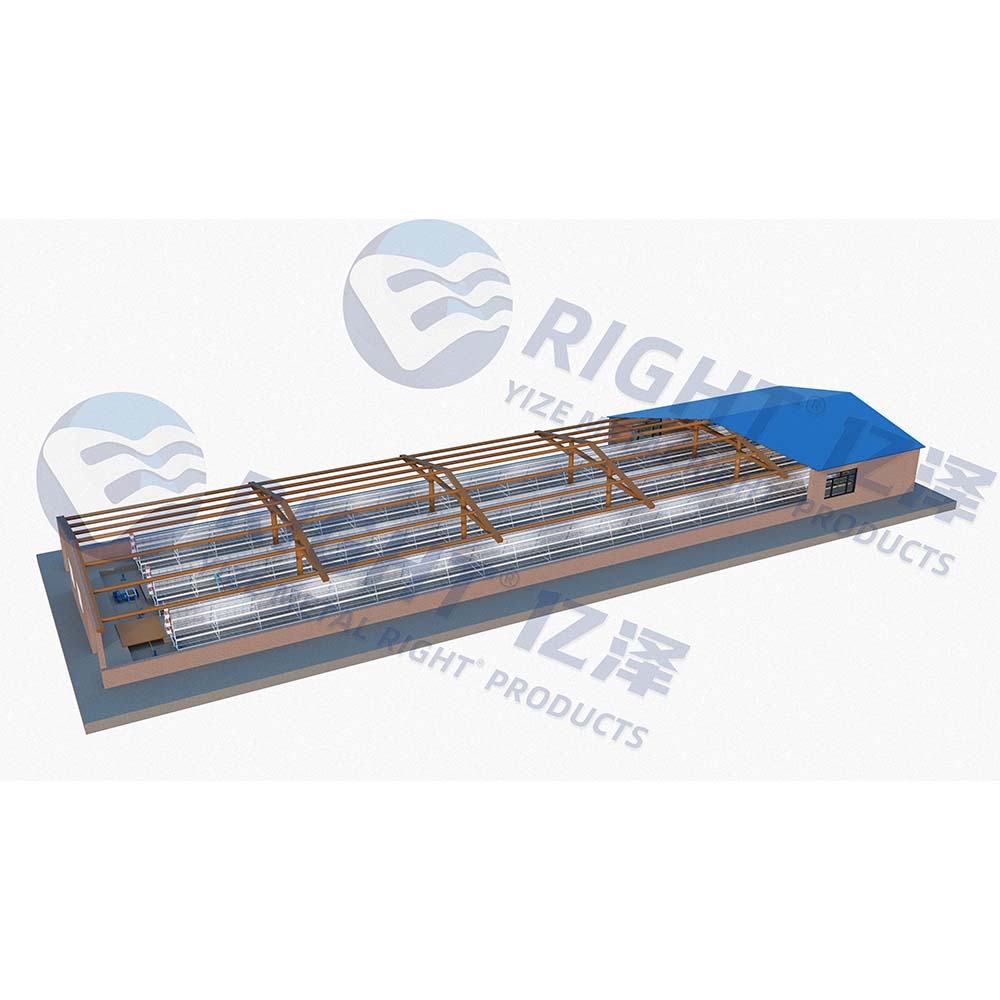table top vacuum packaging machine
Nov . 18, 2024 01:53 Back to list
table top vacuum packaging machine
Exploring the Benefits of Tabletop Vacuum Packaging Machines
In today’s fast-paced world, preserving food and maintaining its freshness has become a priority for both home cooks and professional chefs. One of the most effective ways to achieve this is through vacuum packaging, and tabletop vacuum packaging machines have surged in popularity for their practicality and efficiency. These compact devices are not only easy to use but also provide a myriad of benefits that can enhance the way we store food.
What is Vacuum Packaging?
Vacuum packaging is a method that removes air from a bag or container before sealing it, thus reducing the oxygen content that promotes bacterial growth. This technique is widely used in the food industry, but it’s also gaining traction among home users. By removing air, vacuum packaging helps to keep food fresher for longer periods by preventing freezer burn and spoilage.
Advantages of Tabletop Vacuum Packaging Machines
1. Preservation of Food Quality One of the most significant advantages of using a tabletop vacuum packaging machine is the preservation of food quality. Vacuum sealed food retains its flavor, texture, and nutritional value far better than food stored in traditional methods. This is particularly important for meats, cheeses, and vegetables, which can wilt, oxidize, or degrade over time when exposed to air.
2. Extended Shelf Life Vacuum packing can extend the shelf life of food significantly. For instance, vacuum-sealed meats can last up to three times longer in the refrigerator or freezer compared to those stored in traditional packaging. This means fewer trips to the grocery store and reduced waste, which is not only beneficial for the environment but also for your wallet.
table top vacuum packaging machine

3. Convenience in Storage Tabletop vacuum packaging machines are designed to be user-friendly and compact. They can easily fit on kitchen countertops without taking up much space. This makes them convenient for both occasional use and daily meal prep. The ability to package food in pre-portioned sizes allows for easier meal planning and reduces the time spent deciding what to eat.
4. Cost-Effective Investing in a tabletop vacuum packaging machine can be cost-effective in the long run. By preserving food and preventing spoilage, you’ll save money on groceries. Additionally, buying items in bulk and vacuum sealing them for later use can lead to significant savings. Many people find that the initial cost of the machine pays for itself in reduced food waste and grocery expenses.
5. Versatility in Usage Beyond just food preservation, vacuum packaging has various applications. It can be used for marinating meats quickly, storing non-food items such as seasonal clothes or documents, and even sous vide cooking, which allows for precise temperature control when cooking meat. The versatility of these machines makes them an invaluable tool in any kitchen.
6. Reduced Freezer Burn One of the most common issues with frozen foods is freezer burn, which occurs when air exposure leads to dehydration and oxidation. Vacuum sealing food before freezing eliminates this problem, ensuring that food maintains its quality and taste even after long storage periods.
7. Food Safety Vacuum sealing can enhance food safety by reducing the risk of contamination. The airtight seal helps prevent bacteria and fungi from entering the package. This is particularly important for those who prepare large quantities of food or meal prep in advance.
Conclusion
Tabletop vacuum packaging machines are an excellent addition to any kitchen, offering numerous benefits that enhance food storage and preservation. Whether you are a home cook looking to extend the life of your groceries or a professional chef seeking to maintain the quality of your ingredients, investing in a vacuum packaging machine is a decision you won’t regret. With convenience, cost savings, and versatility at your fingertips, these machines are truly a game changer in the world of food preservation. As we continue to advocate for sustainability and reducing food waste, embracing vacuum packaging technology becomes an essential step toward more responsible and efficient food management.
-
Hot Sale 24 & 18 Door Rabbit Cages - Premium Breeding Solutions
NewsJul.25,2025
-
Automatic Feeding Line System Pan Feeder Nipple Drinker - Anping County Yize Metal Products Co., Ltd.
NewsJul.21,2025
-
Automatic Feeding Line System Pan Feeder Nipple Drinker - Anping County Yize Metal Products Co., Ltd.
NewsJul.21,2025
-
Automatic Feeding Line System - Anping Yize | Precision & Nipple
NewsJul.21,2025
-
Automatic Feeding Line System - Anping Yize | Precision & Nipple
NewsJul.21,2025
-
Automatic Feeding Line System-Anping County Yize Metal Products Co., Ltd.|Efficient Feed Distribution&Customized Animal Farming Solutions
NewsJul.21,2025






